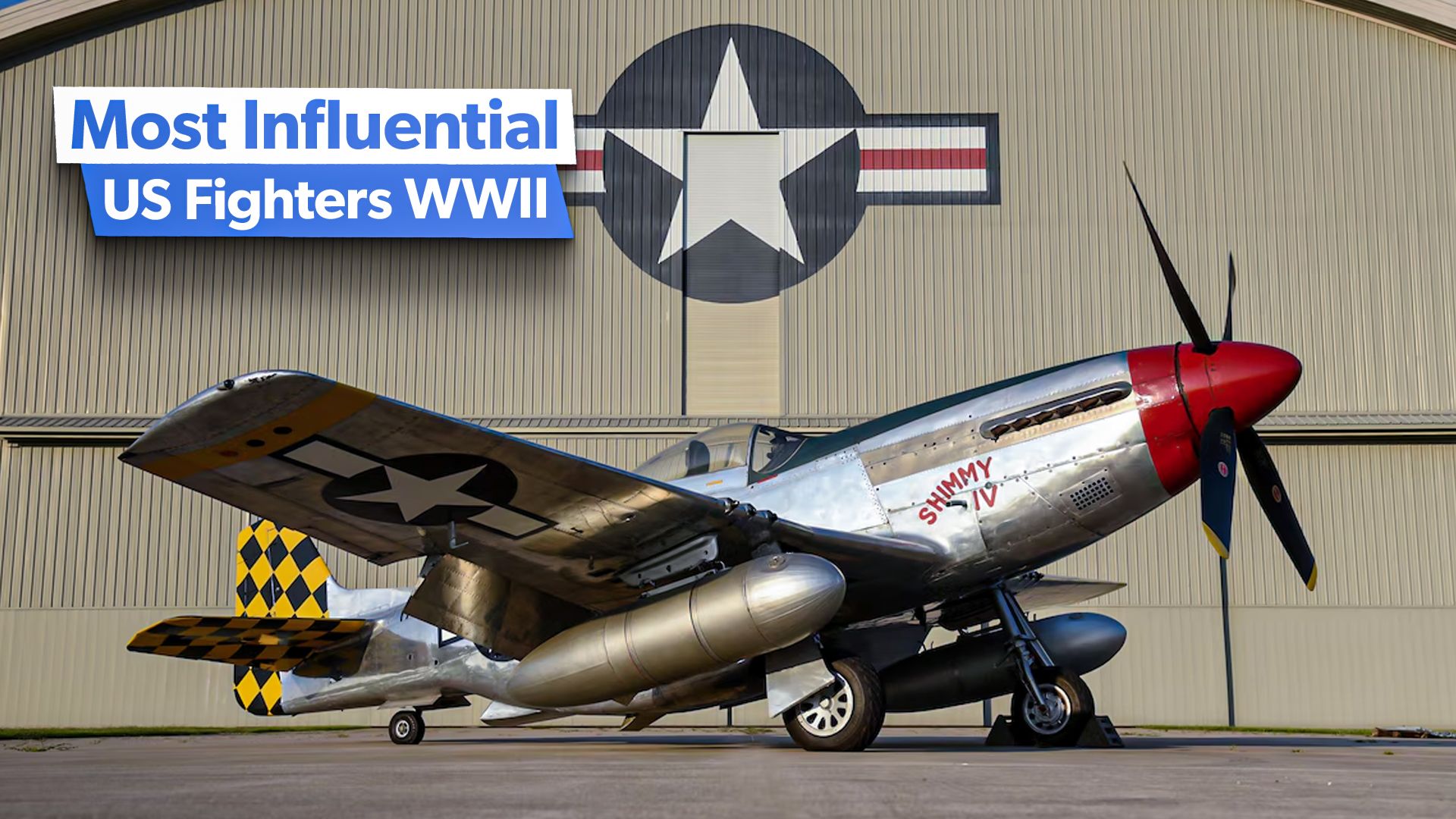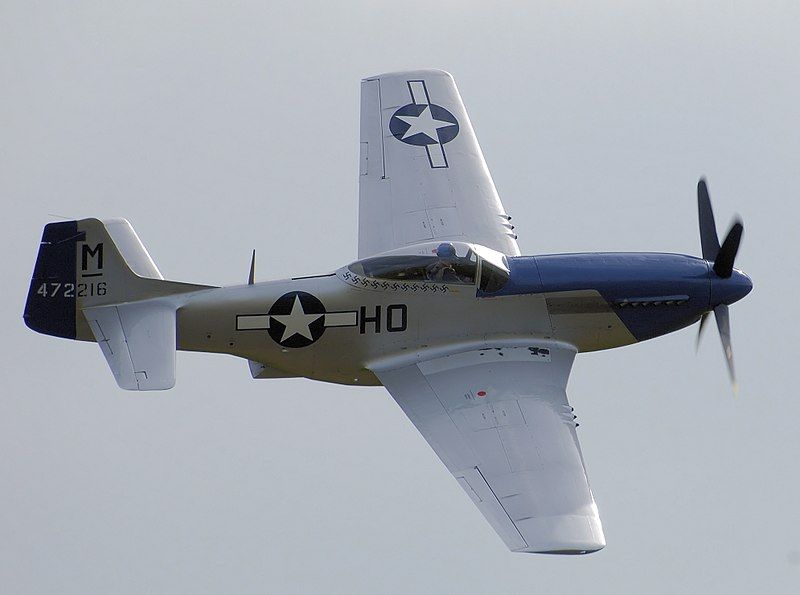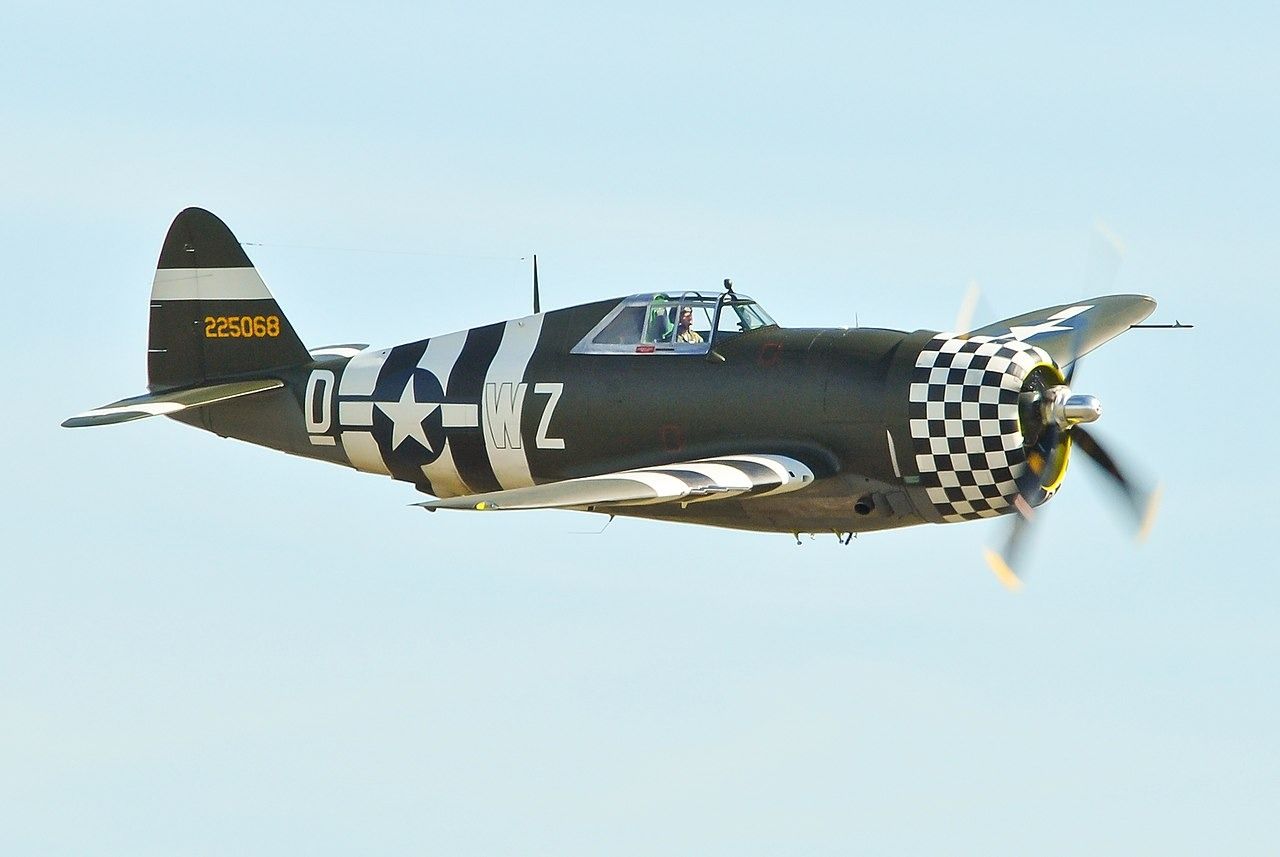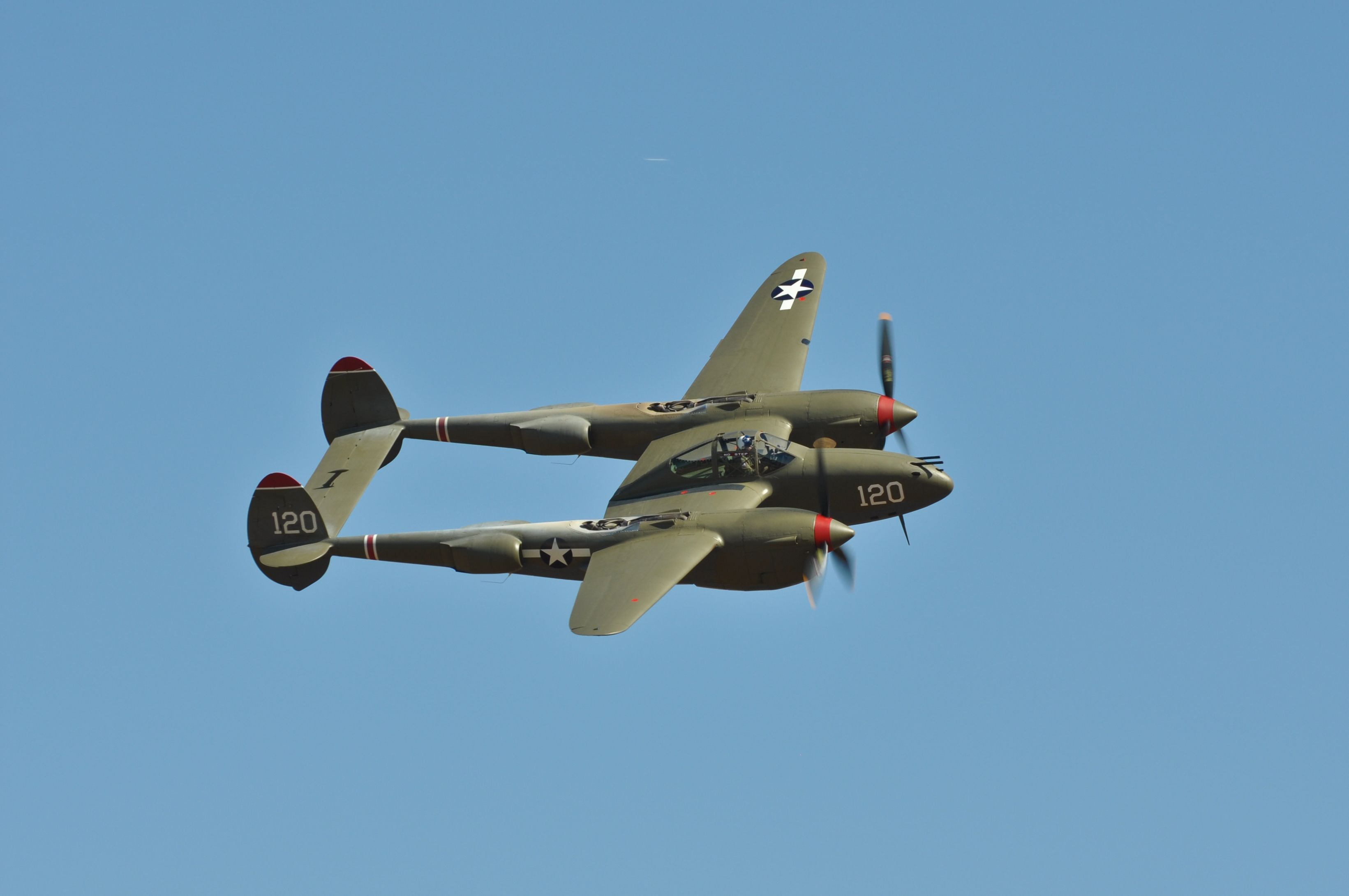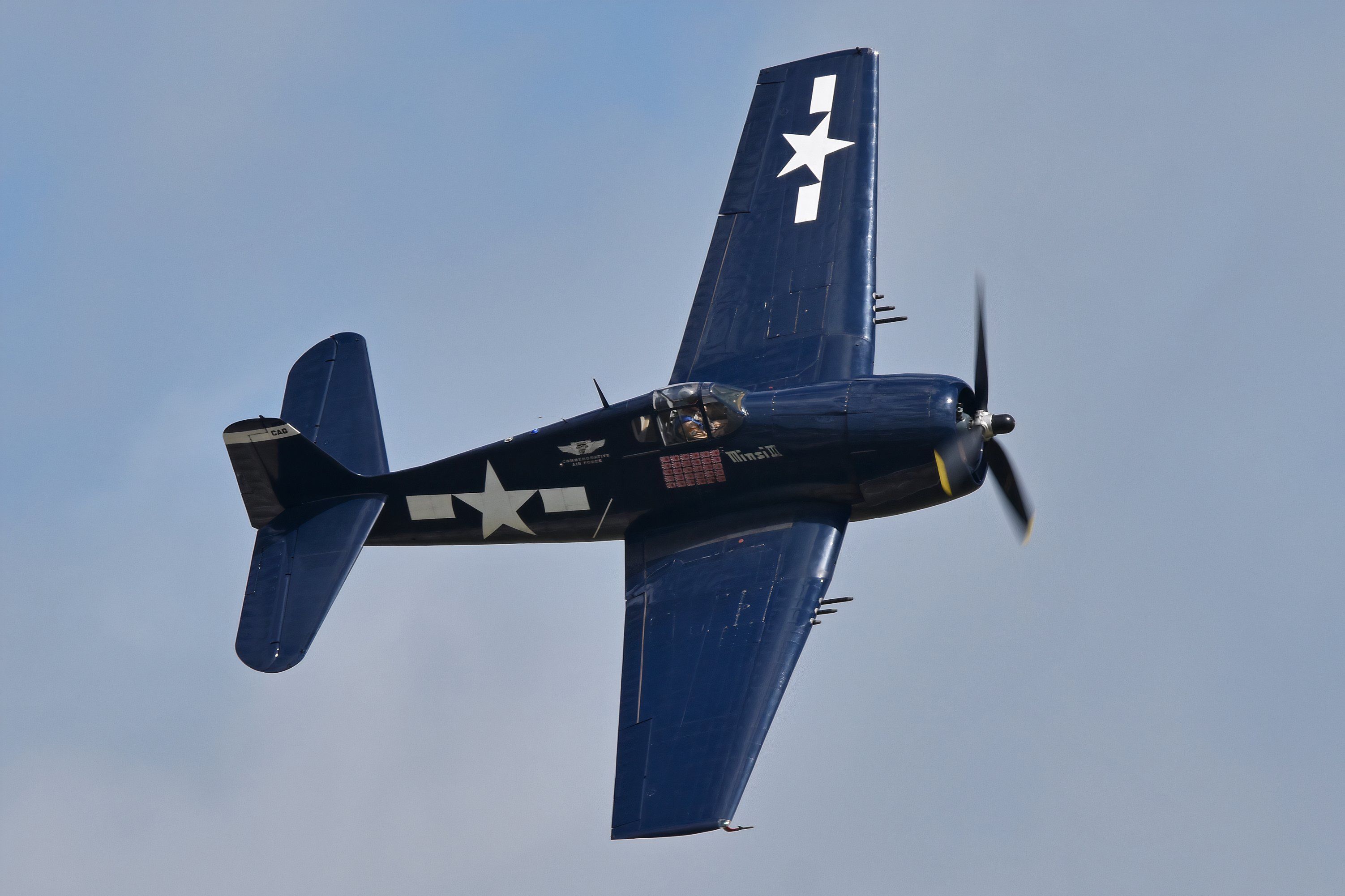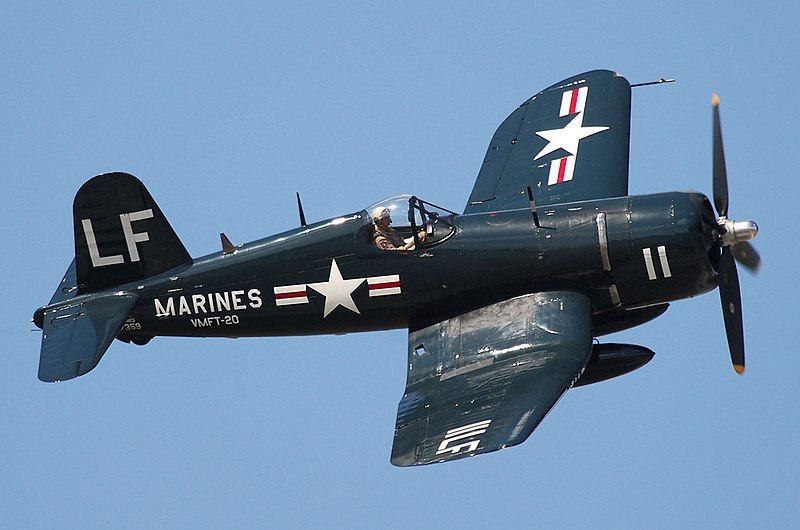Amidst the fury of the deadliest war in history, American air forces led the tip of the spear in nearly every pivotal battle that helped turn the tide of WW2. The triumph of the allies over axis forces left profound and lasting impacts on the global order. Thousands of brave souls would fly their fighters into the fray over the years of the war. In the crucible of battle, pilots from the US Army Air Corps and US Navy demonstrated that both they and their aircraft were the most skilled and formidable aerial warriors. To this today, their remarkable feats of heroism are celebrated as are the legendary fighter planes that they piloted into the sky over the frontlines.
Unprecedented times demand unrivaled innovation
In the dark times of WW2, the struggle for victory against terrible and awesome threats forced innovation on mass scale – in incredibly short times. This unprecedented demand for new and superior technology led to the rapid advancement as well as the invention of many new technologies that have shaped the world forever. One of the most important industries that made incredible leaps in technology during WW2 was – of course – aviation and aircraft. While the events that gave us these amazing machines demand solemn reverence, we can celebrate the beautiful and powerful fighter planes that triumphed against the forces of evil in war-torn skies.
1
P-51 Mustang
Acclaimed for dog-fighting performance, exceptional speed and superior range
The Mustang was made ready just in time for the Allied Invasion on the beaches of Normandy. Their first combat missions over Nazi Germany sortied just before D-Day. The production of the P-51 was championed by Lt.Col. Hitchcock of the US Air Force who had earned fame during WWI with the French Air Force after he was turned away by the US Army for being too young. Not only was he a skilled pilot but he also escaped German captivity during the war by jumping from a train and walking over 100 miles to safety. According to the US Air Force Museum describes the Mustang fighter was a critical part of the Allied victory:
The long-range P-51 Mustang fighter was invaluable to the Allied victory, enabling resumption of strategic bombing after heavy losses suffered by unescorted bombers in 1943.
When the original Allison engine of the P-51A was replaced for a Merlin engine, the upgraded the Mustang’s combat capabilities delivered a high altitude fighter of superior capabilities at a crucial moment in the air war over Europe. Sadly, Hitchcock himself would not live to see the Mustang achieve victory over the enemy, as he was unable to recover from a dive during testing and crashed near Salisbury England in April 1944. However, the famous Tuskegee Airmen of the 332nd Fighter Group, also known as the “Red Tails” for the distinctive markings of their planes would go on to become the most decorated US fighter squadron of the war. The 99th Pursuit Squadron, later renamed the 99th Fighter Squadron, piloted the P-51 on more than 15,000 sorties and lost 66 men in the line of duty.
P-51D Specifications
- Wingspan: 37 feet
- Length: 32 feet
- Maximum Speed: 437 miles per hour
- Cruising Speed: 275 miles per hour
- Maximum Range: 1,000 miles
- Engine: Packard Rolls Royce Merlin V-1650-7 (1,695 hp)
- Maximum Load: 2,000 pounds of bombs, or ten 5-inch rockets
- Armament: Six .50 caliber machine guns
- Crew: 1 (Pilot)
2
P-47 Thunderbolt
A renowned rugged and tough attacker with devastating ground strike capabilities
Its robust design and air-cooled radial engine allowed the Thunderbolt to withstand significant battle damage and continue flying. Throughout WWII, the P-47 was deployed in nearly every active war theater and served with various Allied nations. By the end of the conflict, over 15,600 Thunderbolts had been produced. As the records of the US Air Force report:
Affectionately nicknamed “Jug,” … in April 1943 the Thunderbolt flew its first combat mission — a sweep over Western Europe. Used as both a high-altitude escort fighter and a low-level fighter-bomber, the P-47 quickly gained a reputation for ruggedness.
The P-47 was so reliable, capable and loved by its pilots that it would see several iterations throughout the war. The early production models of the P-47B, C, early D and G series aircraft were built with metal-framed “greenhouse” cockpits. The later D series aircraft and all M and N series production aircraft would feature a much improved clear, “bubble” canopy. Which gave the pilot improved rearward vision and dramatically improved the aerial combat capabilities of “Jug” pilots against their foes in the sky.
P-47D Specifications
- Armament: Six or eight .50 cal. machine guns and either 10 rockets or 2,500 lbs. of bombs
- Engine: One Pratt & Whitney R-2800-59 of 2,430 hp
- Maximum speed: 433 mph
- Cruising speed: 350 mph
- Range: 1,030 mi.
- Service ceiling: 42,000 ft.
- Span: 40 ft. 9 in.
- Length: 36 ft. 2 in.
- Height: 14 ft. 8 in.
- Weight: 17,500 lbs. maximum
- Crew: 1 (Pilot)
3
P-38 Lightning
A Versatile twin-engine multi-role fighter
The versatile Lightning carried out a wide range of missions during World War II, including dive bombing, level bombing, cloud bombing, strafing, photo-reconnaissance, and long-range escort. It began extensive service in the North African campaign in November 1942, where German pilots dubbed it Der Gabelschwanz Teufel (“The Forked-Tail Devil”). By September 1943, when the Lightning started its combat operations from England, it was the sole fighter with the range needed to escort bombers into Germany.
While the Lightning served with great distinction in the European theater, the War in the Pacific would see its capabilities used to their full potential. Aerial combat in the Pacific was ferocious and often decided the outcome of both naval battles at sea and the island hopping campaign of the US Navy and Marines. Although late to arrive on the frontlines, the P-38 became the standard USAAF fighter in the Pacific theater until the closing months of WWII.
The Lightning truly shined in the Pacific theater: seven of the top eight scoring USAAF aces in the Pacific flew the P-38.
The Lightning would be the aircraft of choice for one of the most pivotal strikes against the Imperial Japanese Navy. On April 18, 1943, the long range of the P-38 enabled USAAF pilots to ambush and shoot down an aircraft carrying Admiral Isoroku Yamamoto. Yamamoto was the planner of the Pearl Harbor raid and the commander of the Imperial Japanese Navy. This blow to the leadership of the IJN was so severe, that it is likely this single devastating killing stroke is responsible for the cascading strategic and tactical errors by the IJN throughout the remainder of the war.
Photo: Brandon Bourdages | Shutterstock
P-38L Specifications
- Armament: Four .50-cal. machine guns and one 20mm cannon
- Engines: Two Allison V-1710s of 1,475 hp each
- Maximum speed: 414 mph
- Cruising speed: 275 mph
- Range: 1,300 miles
- Ceiling: 40,000 ft.
- Span: 52 ft.
- Length: 37 ft. 10 in.
- Height: 12 ft. 10 in.
- Weight: 17,500 lbs. loaded
- Crew: 1 (Pilot)
4
F6F Hellcat
A dominant carrier-based fighter, decisively achieving air superiority in the Pacific theater
One of the top fighters of World War II, Grumman’s F6F Hellcat went from the experimental stage to operational employment in less than 18 months. The Hellcat would would first taste blood when it began combat operations in August 1943. Launching from USS Yorktown (CV-10), the US Navy pilots of Fighting Squadron (VF) 5 would fly to battle in the brand-new F6F during an attack on Marcus Island. Outperforming the infamous Japanese A6M Zero, the F6F would tally 5,156 enemy aircraft destroyed – accounting for 75 percent of the Navy’s air-to-air victories during World War II.
The US Navy’s top ranking ace, scoring a total of 34 air-to-air kills, achieved his record at the controls of a Hellcat. Thanks to its incredible performance, the F6F would also be referred to as the “ace maker” by some naval aviators. Captain (highest rank) David McCampbell’s Medal of Honor citation recounts some of his heroic actions while flying in battle:
An inspiring leader, fighting boldly in the face of terrific odds, Cmdr. McCampbell led his fighter planes against a force of 80 Japanese carrier-based aircraft bearing down on our fleet on 19 June 1944. Striking fiercely in valiant defense of our surface force, he personally destroyed seven hostile planes during this single engagement in which the outnumbering attack force was utterly routed and vitually annihilated.
The same citation goes on to mention how during another fleet engagement with the enemy, McCampbell, with only one other plane as support, boldly intercepted and attacked a formation of 60 enemy aircraft. Despite the overwhelming odds, he fought with exceptional skill and determination, shooting down nine Japanese planes. His actions caused such disarray within the enemy formation that the remaining aircraft were compelled to abandon their attack, with none reaching the fleet.
During island-hopping campaigns across the Pacific, Hellcats were indispensable. Invasions were led by waves of F6Fs performing fighter sweeps over enemy airfields, eliminating aircraft that could pose a threat to transports and landing craft. As troops landed, combat air patrols provided protection from aerial threats, while other Hellcats assisted Marines and soldiers by targeting enemy positions on the ground.
F6F-3 Specifications
- Armament: Six .50-caliber machine guns
- Powerplant: 2,000 hp Pratt & Whitney R-2800-10W engine
- Weight: 15,413 lb. loaded
- Length: 33 ft., 7 in.
- Height: 11 ft., 1 in.
- Wingspan: 42 ft. 10 in.
- Max Speed: 376 mph at 23,400 ft.
- Cruise Speed: 168 mph
- Crew: 1 (Pilot)
5
F4U Corsair
Unparalleled in close air support, an exceptional attacker and fighter used extensively by the Navy and Marines
One of the most recognizable airplanes in history owing to its unique inverted gull wing design, the F4U remained in continual production from 1942 until 1952, with more than 12,500 examples of the aircraft delivered. One of the Navy and Marine Corps’ finest fighters, Corsairs shot down 2,140 Japanese aircraft during World War II. After the final victory of the Allies in WW2, the iconic Corsair would continue service and go on to fly a particularly noteworthy mission:
Marine Captain Jesse Folmar flew a most unusual mission in the skies over Korea, becoming the first piston-engine pilot to down a MiG-15 jet in air-to-air combat.
The distinctive sound the aircraft made during close air support missions in island campaigns led the Japanese to nickname it “Whistling Death.” In total, three manufacturers – Vought, Brewster, and Goodyear – produced over 12,500 F4Us of 13 different model variants, from 1942 to 1952. This marked the longest production run of any World War II fighter. In addition to service with the US Navy and Marines, the aircraft served among the military forces of six foreign countries, including France. The Corsair would see combat with the French armed forces during the final days of the French-Indochina (Vietnam) colonial campaigns, just prior to the American invasion of Vietnam.
F4U-4 Specifications
- Powerplant: 2,000 hp R-2800-8
- Weight: 14,000 lb. loaded
- Length: 33 ft., 4 in.
- Height: 16 ft. 1 in.
- Wingspan: 41 ft.
- Max Speed: 417 mph at 19,000 ft.
- Armament: Six .50-in. machine guns
- Crew: 1 (Pilot)

